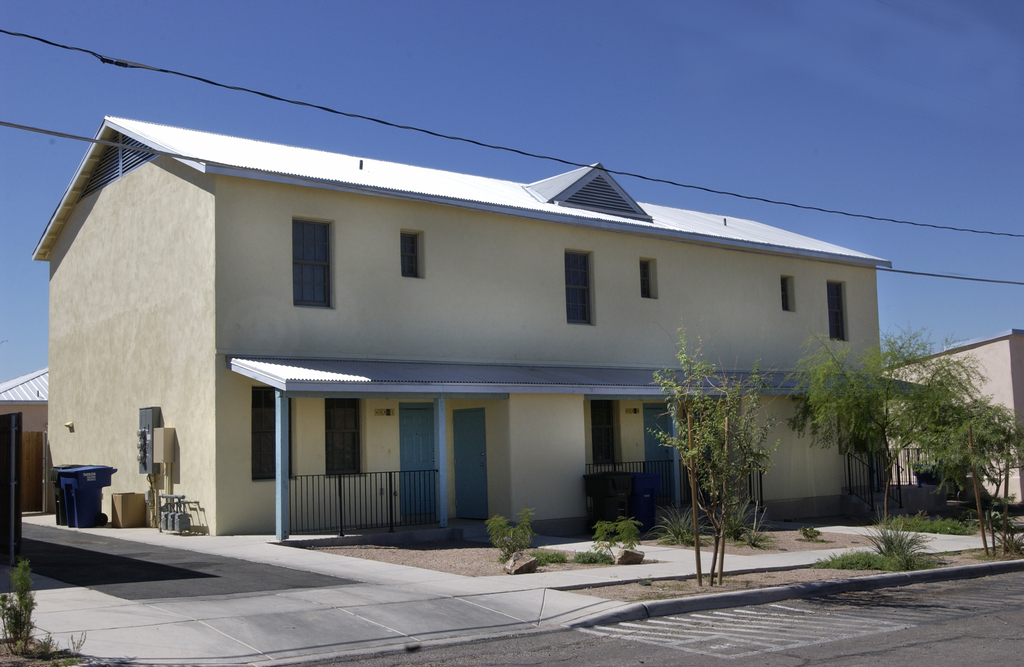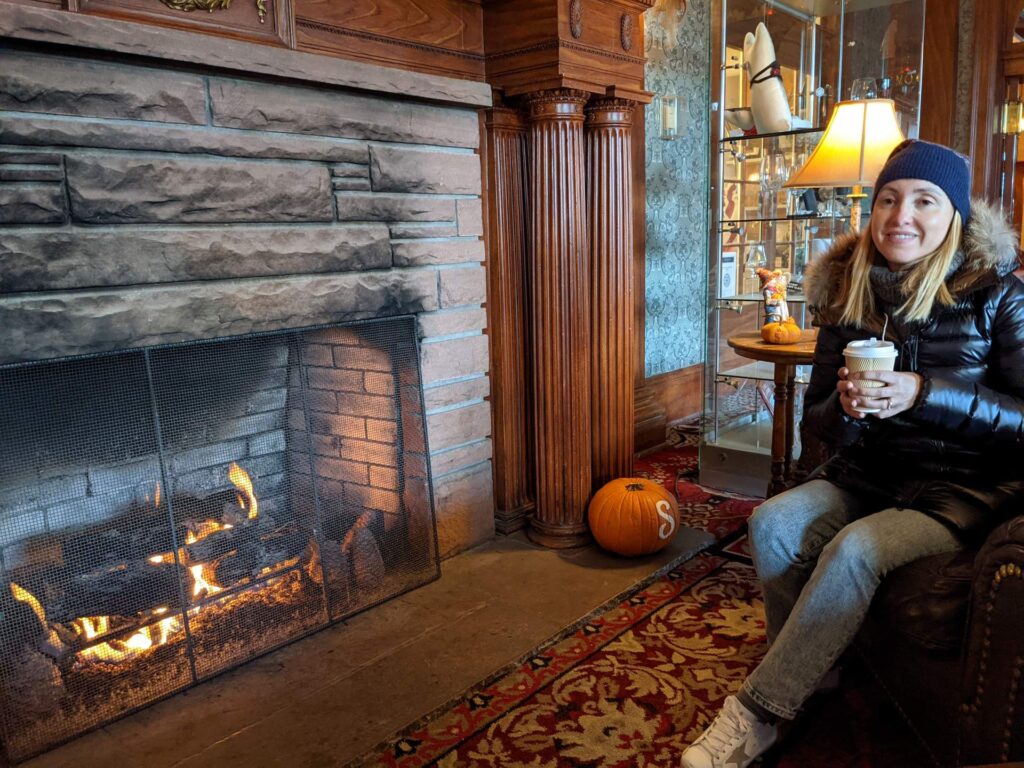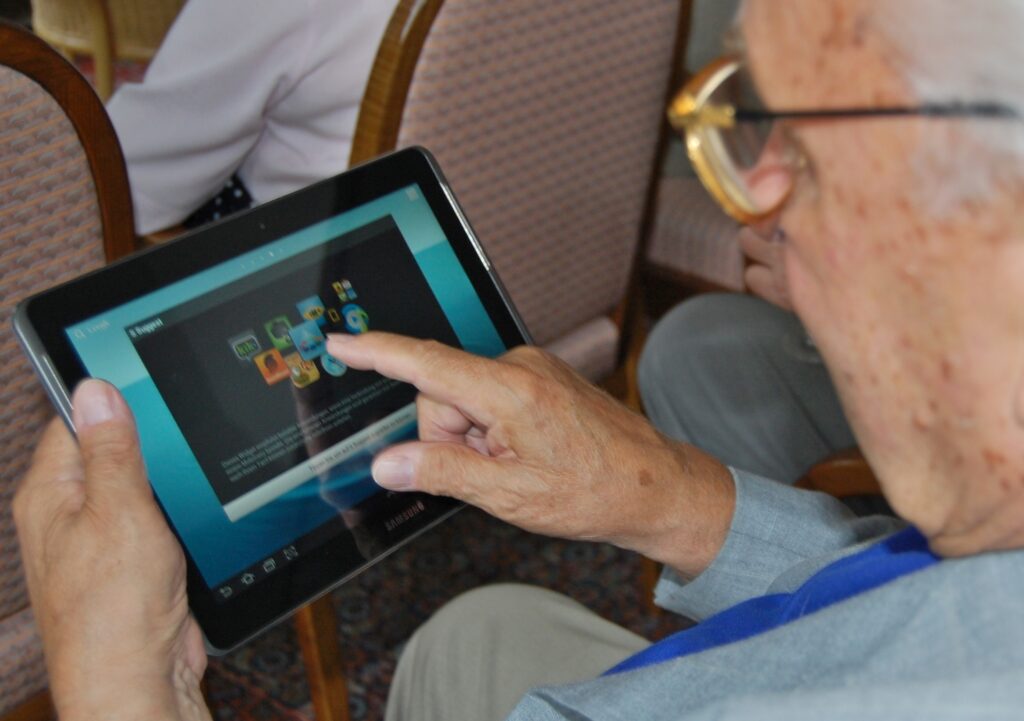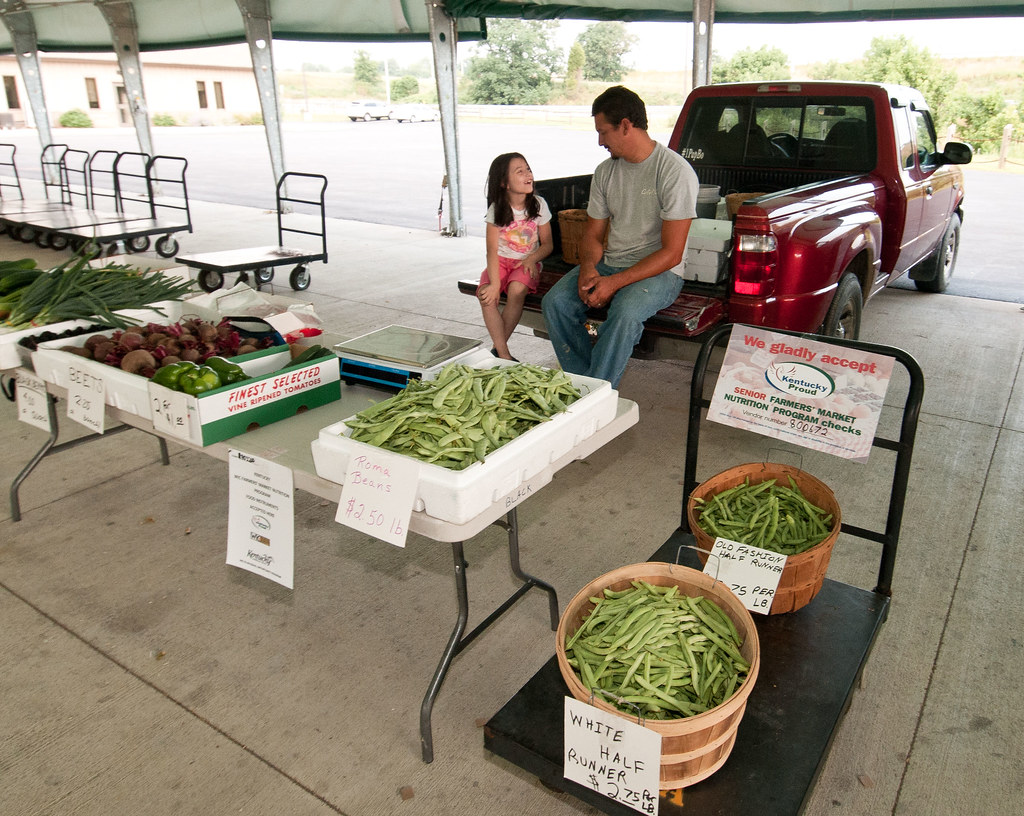You know how there’s always that one friend who magically finds free stuff—concert tickets, meal vouchers, even a random check from a class action lawsuit you’ve never heard of? Well, consider this your senior edition of “things no one tells you but totally should.” The government may not be the best at PR, but it does have a bunch of programs quietly sitting around just waiting to help older Americans with everything from groceries to rent to job training. And guess what? Most people have no idea they exist.
So whether you’re retired, semi-retired, or just pretending to be so people stop asking you to babysit their kids, these lesser-known government perks are worth knowing about. We’re talking real-deal benefits that can save you hundreds—sometimes thousands—a year. And because we’re not here to bore you with bureaucracy, we’ve made this list cheeky, clear, and actually useful. Let’s get into the good stuff.
1. Social Security Retirement Benefits

Let’s kick things off with the granddaddy of them all: Social Security Retirement Benefits. According to Investopedia, this monthly check is based on your lifetime earnings and can actually grow if you delay claiming past your full retirement age—which, fun fact, can add up to an extra 8% per year up to age 70. You’re essentially playing the long game: the longer you wait, the more cha-ching you see. And yes, that applies even if you’ve dabbled in oddball side hustles—you’ll still get credit for every paycheck you ever earned.
Unlike that gym membership you forgot about, these benefits won’t disappear if you’re not “active.” It’s a guaranteed stream of income that scales with your working history, making it the ultimate passive revenue. Plus, it’s backed by the full faith and credit of the U.S. government, so you know it’s solid. Just remember to sign up three months before you hit your milestone birthday, or you might end up waiting around like you’re on hold with your cable provider. Pro tip: you can estimate your future benefit online to avoid nasty surprises, so you know exactly what you’re in for. Finally, if you’re married, divorced, or widowed, spousal and survivor benefits can add even more padding to your bank account—but that’s a whole other rabbit hole worth exploring.
2. Supplemental Security Income (SSI)

Don’t sleep on Supplemental Security Income (SSI)—it isn’t just for folks with disabilities. According to USAGov, if you’re over 65 and your income and assets are pretty modest, SSI can throw you a lifeline of up to $943 per month in 2025, depending on where you live. The program adjusts for cost of living, so while it won’t buy you a Caribbean cruise, it can help with rent, groceries, or that inevitable Amazon splurge on ergonomic slippers. Applicants must meet strict financial thresholds, but here’s the kicker: state supplements often top up the federal amount, meaning your state might add an extra $100–$200 on top of Uncle Sam’s contribution.
It’s like free money you didn’t know existed—just don’t let the application process intimidate you. You’ll need proof of income, assets, and living arrangements, but local Social Security offices and many Area Agencies on Aging offer free application assistance. They’ll even help you gather documents so you don’t end up chasing stray W-2s and bank statements. SSI also opens doors to Medicaid in many states, so you can score health coverage without the paperwork nightmare. Think of it as the ultimate ninja move: money in your pocket and health care in your back pocket.
3. Section 202 Supportive Housing for the Elderly

Housing costs feeling like a black hole? The Department of Housing and Urban Development’s Section 202 program builds and subsidizes affordable housing for seniors aged 62 and up, per TCB. Tenants typically pay 30% of their adjusted income toward rent, which means that Medicare premium hike won’t ruin your budget. And here’s the sweet part: many Section 202 properties offer on-site services like meals, transportation, and wellness checks—perfect for when you want to swap small talk over bingo rather than with your cable box.
Eligibility hinges on income limits (usually 50% of the area median income or less), but senior living doesn’t have to mean senior debt. Applications are handled locally by nonprofit sponsors, so you’ll actually be chatting with a neighbor to get in. Waitlists can be long—sometimes a year or more—but it’s worth sticking it out for rent that won’t strangle your Social Security check. Plus, these communities are pet-friendly at many sites, so Fluffy can tag along for movie nights in your common room. Section 202 is like the VIP lounge of senior living: comfy, community-driven, and light on your wallet.
4. Low-Income Home Energy Assistance Program (LIHEAP)

Winter heating bills got you feeling the chill? LIHEAP has your back by helping low-income seniors cover heating and cooling costs. Funds are distributed through state and tribal agencies, so you apply locally—but the result is national-level relief. Depending on your state’s funding, you could see anywhere from $200 to over $1,000 in credits or direct vendor payments. And, according to LIHEAP Clearinghouse, since it’s federally funded but locally administered, you might not even realize you qualify until you apply.
LIHEAP also offers weatherization assistance—think sealing drafts, insulating attics, and installing smart thermostats—which can slash your bills for years to come. Seniors often get priority status, meaning your application zips to the front of the line. If you’re accustomed to sweaters and space heaters, this program can upgrade you to central air without central “ouch” on your wallet. Best part? You don’t need perfect credit or impeccable timing—just proof of age, income, and energy costs. It’s like a cozy blanket for your home energy budget.
5. Senior Community Service Employment Program (SCSEP)

Who says retirement has to be completely chill? SCSEP, run by the Department of Labor, offers part-time job training for low-income seniors, plus a sweet hourly wage while you learn new skills according to the CA Dept Of Aging. Think library clerking, school cafeteria assisting, or museum guiding—roles that keep you active and socially engaged. You’ll work up to 20 hours a week and can receive support services like transportation stipends and work-appropriate clothing.
It’s federally funded but locally managed through nonprofit agencies, so you get to work in your community—and maybe make new friends while you’re at it. After up to two years of training, many participants land permanent jobs, making SCSEP a launchpad for encore careers. Even if you don’t snag a new gig, you’ll improve your resume and stay sharp—no crossword puzzles required. Eligibility is based on income (no more than 125% of the federal poverty level) and age (55+). Oh, and did we mention the bragging rights? You’re basically proving that age is just a number.
6. Lifeline Program

Ever wish your phone bill didn’t suck up half your budget? The Lifeline Program offers a monthly discount of up to $9.25 on phone or internet services for qualifying low-income seniors. Tribal lands participants get an even sweeter deal—up to $34.25 off. You can use the savings for a landline, cell service, or broadband, keeping you connected to grandkids’ TikToks and telehealth appointments alike.
Applying is straightforward: submit proof of participation in programs like Medicaid, SSI, or SNAP, or simply verify your income. Monthly statements will show the discount automatically, so there’s no extra paperwork after you’re approved. Many providers also throw in a free smartphone or tablet to seal the deal. Staying online isn’t a luxury; it’s essential, and Lifeline makes it affordable.
7. Senior Farmers’ Market Nutrition Program (SFMNP)

Fresh produce > canned peas. The SFMNP gives eligible seniors $50–$100 in vouchers to buy locally grown fruits and veggies at farmers’ markets, roadside stands, and community-supported agriculture programs. It’s federally funded and state-administered, so check with your local Department of Agriculture for sign-up dates—usually at the start of the growing season.
These vouchers can’t be used for jams, maple syrup, or crafts, so you’re guaranteed a rainbow of real, fresh foods. Besides boosting your nutrition, you’ll support local farmers—win-win. Many markets even host cooking demos and health screenings just for seniors, turning grocery shopping into a social outing. Income eligibility is often set at 185% of the federal poverty level, making this a no-brainer for budget-conscious produce lovers.
8. Medicare Savings Programs (MSP)

If Medicare premiums feel like they’re siphoning your Social Security, MSPs can step in and pay part or all of your Part B premium—and sometimes even Part A deductibles and co-pays. There are four tiers—QMB, SLMB, QI-1, QI-2—each with slightly different income and asset limits. Qualifying could save you up to $164.90 per month on Part B alone in 2025, not to mention other cost-sharing perks.
Applications are handled by your state Medicaid office, and many seniors qualify without realizing it. Tackle the paperwork early in the year to get retroactive benefits back to January 1, so you’re not out of pocket longer than you have to be. It’s like finding an extra slice of pie in the fridge—unexpected but oh-so-sweet.
9. Home and Community-Based Services (HCBS) Waivers

Want to age in place? HCBS waivers through Medicaid let seniors receive long-term care—like personal care, adult day health, and respite services—right at home instead of a nursing facility. Coverage varies by state, but you can often get help with bathing, meal prep, and light housekeeping. Waivers have caps on enrollment, so signing up early can be crucial.
These programs save the government money compared to institutional care, and save you stress and extra pills at the nursing station. You’ll work with a case manager who crafts a care plan tailored to your needs, so you get just the services you want. If your state offers the Money Follows the Person demonstration, you might even get help transitioning out of a facility into your own place. It’s senior freedom, funded by Medicaid.
10. Tax Breaks and Credits

Seniors can sidestep tax-hell with deductions like the $1,750 additional standard deduction for taxpayers 65 and older, or the credit for the elderly and the disabled (up to $7,500 income limit). If you’re nursing home–bound, medical expenses exceeding 7.5% of your AGI are deductible—so keep those invoices. Property tax deferral programs in many states let you postpone taxes until you sell your home or pass away, giving you more liquidity today.
Don’t forget the Energy Efficient Home Improvement Credit—up to $2,000 in tax credits for upgrades like new windows or insulation, which also lowers your energy bill. Consult a tax pro or use free IRS resources to make sure Uncle Sam isn’t taking more than his fair share.
11. Protection and Advocacy for Individual Rights (PAIR)

Guardians of your rights, PAIR programs offer free legal help to seniors facing issues like elder abuse, guardianship disputes, or denial of benefits. Funded by the Administration for Community Living, they’ll connect you with lawyers or advocates who know elder law inside out. No more battling call centers alone—PAIR can step in to represent you or guide you through mediation.
They also offer workshops on powers of attorney and advance directives, so you can plan today for the “just in case” tomorrow. Eligibility requirements vary, but many PAIR grantees serve all seniors regardless of income. It’s like having a personal legal team on retainer—without the retainer fees.
12. Commodity Supplemental Food Program (CSFP)

CSFP provides monthly boxes of nutritious groceries—think canned lean meats, cereal, cheese, and fresh produce—to low-income seniors age 60+. Administered by state agencies, these boxes can be picked up at local distributions or delivered to your door if mobility’s an issue. Nutritionists help design the box contents to meet seniors’ dietary needs, so you’re not left wondering if canned peaches count as a meal.
Enrollment is first-come, first-served with income limits at 130% of the federal poverty level, and many states top up the federal offering with extra goodies. It’s groceries that come with a side of peace of mind.
13. State Pharmaceutical Assistance Programs (SPAPs)

Prescription co-pays cutting into your book fund? Over 30 states run SPAPs that help cover drug costs for low- to moderate-income seniors. Each program is unique—some cover all drugs, others target specific conditions like diabetes or cancer. You apply through your state’s health department, and benefits often stack with Medicare Part D’s Extra Help, meaning near-zero out-of-pocket costs.
Formularies and income caps vary, so it pays to do a deep dive or call your State Health Insurance Assistance Program (SHIP) for guidance. Imagine a world where your meds arrive without triggering that heart attack-inducing bill—welcome to SPAPs.
This article is for informational purposes only and should not be construed as financial advice. Consult a financial professional before making investment or other financial decisions. The author and publisher make no warranties of any kind.








